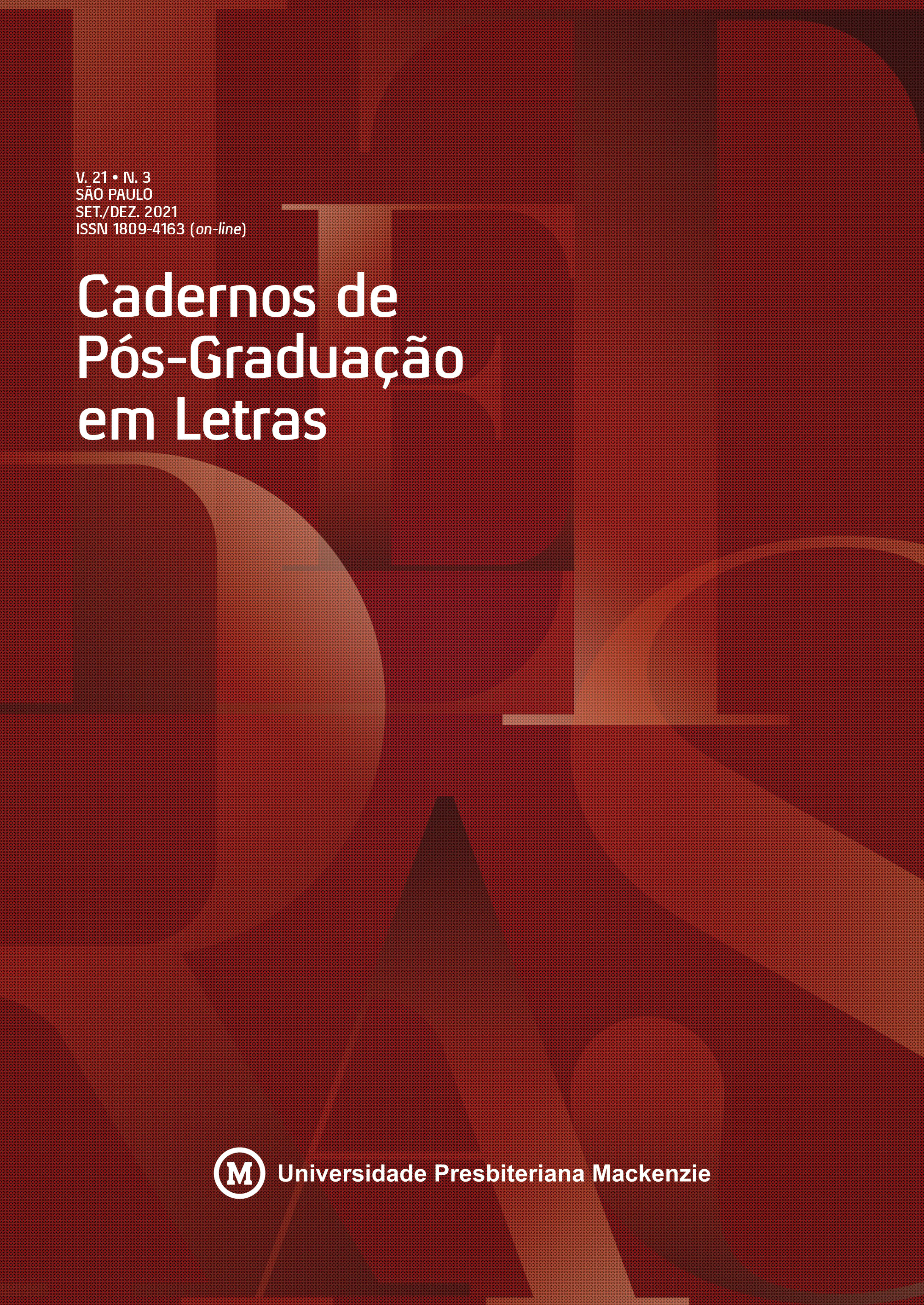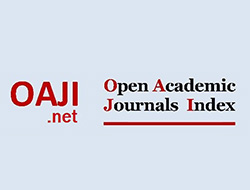A brief reflection on the doppelgänger in literature
putting Dostoievski and Saramago in dialogue
Keywords:
Myth, Doppelgänger, DoubleAbstract
The myth of the doppelgänger, despite small differences, repeats itself in its structure between different nations. The image of the double entered the artistic and popular imagination, and became a tool of psychoanalysis. Within fiction, among many others, two prominent literati dealt with this figure: Dostoievski and Saramago. The purpose of this article is to point out the process of reconstruction and its absorption by the literary sphere, thus placing the two fiction writers in dialogue with the theoretical basis. It is hoped that, in view of the hypothesis that fiction absorbs and reworks this myth, it will be possible to contribute to the state of the art by expanding the studies on the double.
Downloads
References
ANANTHASWAMY, A. The disturbing consequences of seeing your doppelgänger. BBC, 30 ago. 2015. Disponível em: https://www.bbc.com/future/article/20150821-the-dangerous-consequences-of-seeing-your-doppelganger. Acesso em: 19 jul. 2021.
AS TRÊS faces de Eva. Direção: Nunnally Johnson. Roteiro: Nunnally Johnson. EUA: 20th Century Fox, 1957. Disponível em: https://www.youtube.com/watch?v=C3WzpoJfymY&ab_channel=GustavoBenito. Acesso em: 19 jul. 2021.
CASCAPERA, C. de M. Reseña de identidade. Revista Eletrônica Acolhendo a Alfabetização nos Países de Língua Portuguesa, São Paulo, v. 2, n. 3, p. 192-197, 2008.
D’AGORD, M. et al. O duplo como fenômeno psíquico. Revista Latinoamericana de Psicopatologia Fundamental, v. 16, n. 3, p. 475-488, 2013.
DAVIDSON, H. R. E. Gods and myths of Northern Europe. Harmondsworth: Penguin Books, 1990.
DENBY, D. Can Dostoievsky still kick you in the gut? The New Yorker, 11 June 2012. Disponível em: https://www.newyorker.com/books/page-turner/can-dostoevsky-still‑kick-you-in-the-gut. Acesso em: 19 jul. 2021.
DOSTOIÉVSKI, F. O duplo. São Paulo: Editora 34, 2011.
ENCICLOPEDIA Britannica. Chicago: University of Chicago, 1990.
HARTMANN, M. Conheça o transtorno dissociativo de identidade, a doença do protagonista do filme ‘Fragmentado’. Estadão, 30 mar. 2017. Disponível em: https://emais.estadao.com.br/noticias/bem-estar,conheca-o-transtorno-dissociativo-de-identidade-a-doenca-do-protagonista-do-filme-fragmentado,70001720432. Acesso em: 19 jul. 2021.
LEITE, A. Dostoievski antecipa invenções do século 20 em “O duplo”. Folha de S. Paulo, 1º out. 2011. Disponível em: https://www1.folha.uol.com.br/fsp/ilustrad/fq0110201123.htm. Acesso em: 19 jul. 2021.
MANGUEL, A. Twins in a spin. The Guardian, 7 Aug. 2004. Disponível em: https://www.theguardian.com/books/2004/aug/07/featuresreviews.guardianreview9. Acesso em: 19 jul. 2021.
O LIVRO da psicologia. São Paulo: Globo Livros, 2016.
POE, E. A. Contos de imaginação e mistério. São Paulo: Tordesilhas, 2012.
PRINCE, M. The dissociation of a personality. London: Longmans, Green and Co., 1906.
SARAMAGO, J. Ensaio sobre a cegueira. São Paulo: Companhia das Letras, 1995.
SARAMAGO, J. O homem duplicado. São Paulo: Companhia das Letras, 2002.
SCHNAIDERMAN, B. Dostoiévski, precursor de Freud? Revista USP, São Paulo, n. 102, p. 137-139, 2014.
THE DOUBLE. Direção: Richard Ayoade. Produção: Robin C. Fox, Amina Dasmal. Roteiro: Richard Ayoade, Avi Korine. Reino Unido: StudioCanal, 2013. 1 DVD.
THE INTERNATIONAL Encyclopedia Americana. New York: Americana Corporation, 1958.
UPDIKE, J. Two’s a crowd. The New Yorker, 19 Sept. 2004. Disponível em: https://www.newyorker.com/magazine/2004/09/27/twos-a-crowd. Acesso em: 19 jul. 2021.
WEBBER, A. Double visions in German literature. Oxford: Oxford University Press, 1996.
Downloads
Published
How to Cite
Issue
Section
License
The copyright of the articles published in Cadernos de Pós-Graduação em Letras belongs to the authors, who grant the Mackenzie Presbyterian University the exclusive rights to publish the content. Total or partial reproduction is prohibited without due authorization from the Editorial Committee, except for study and research.











